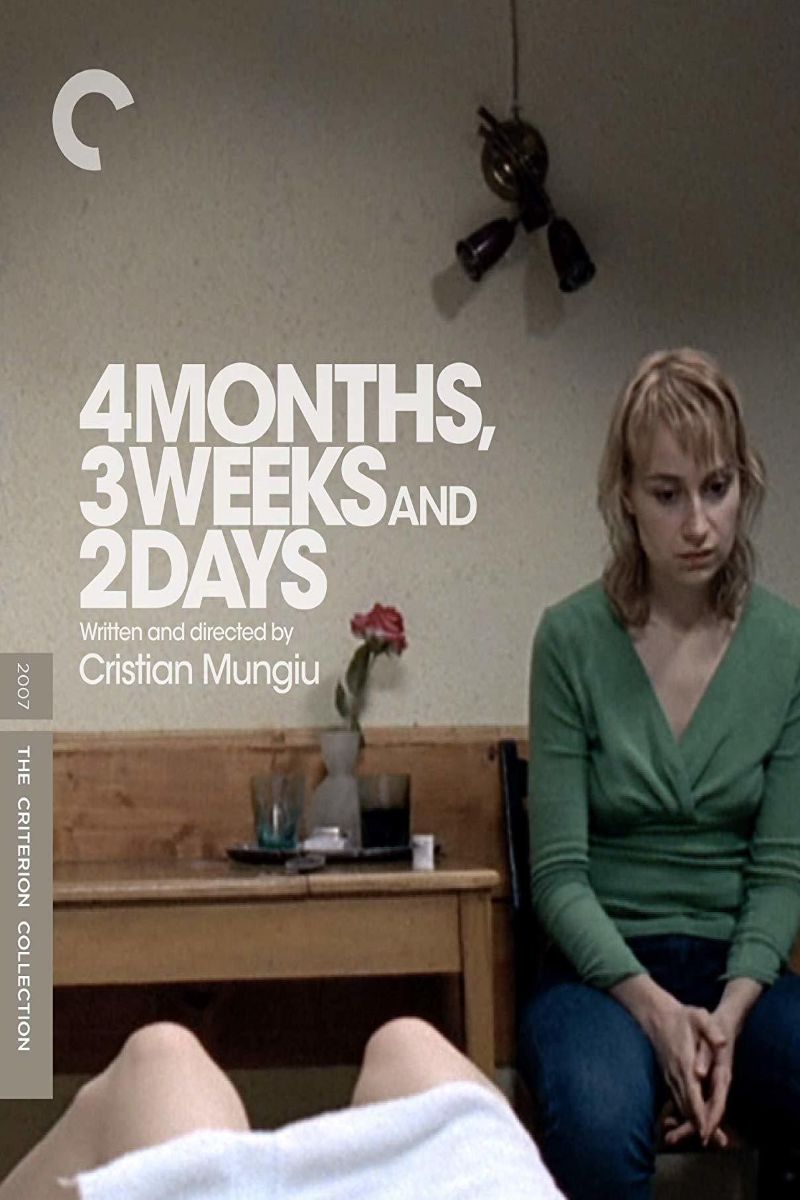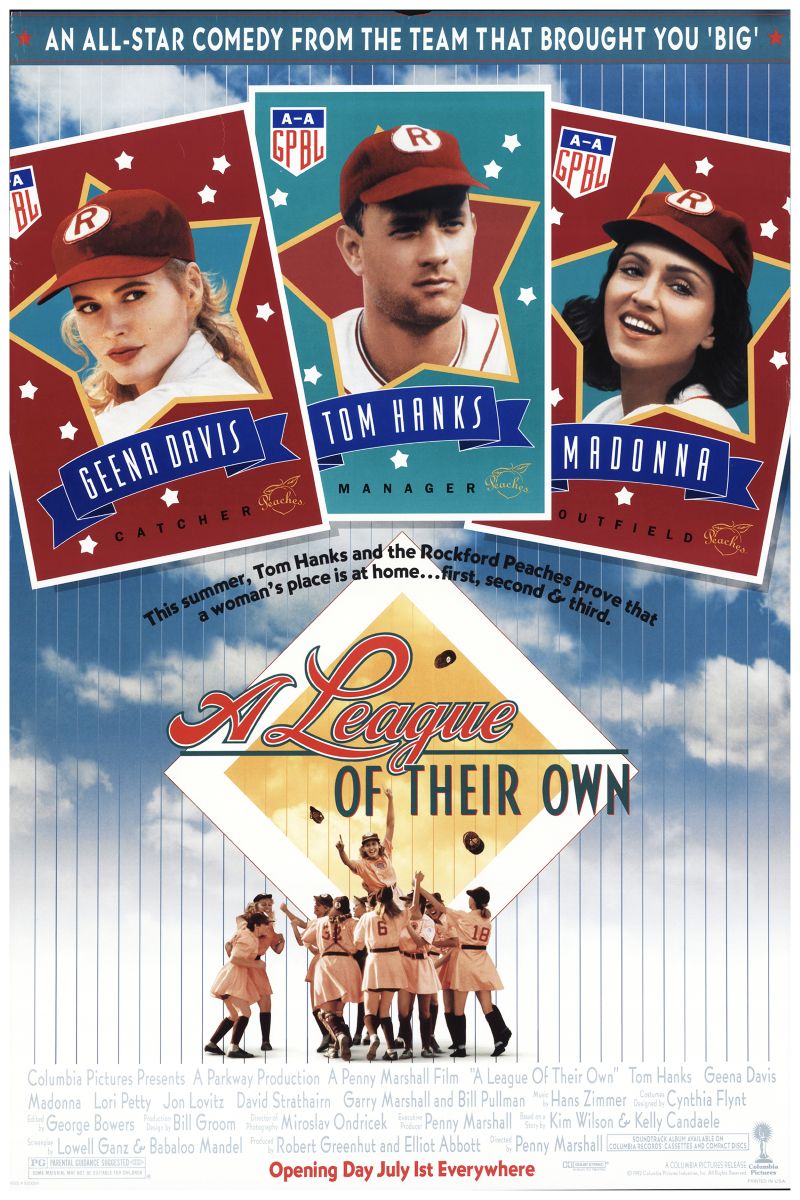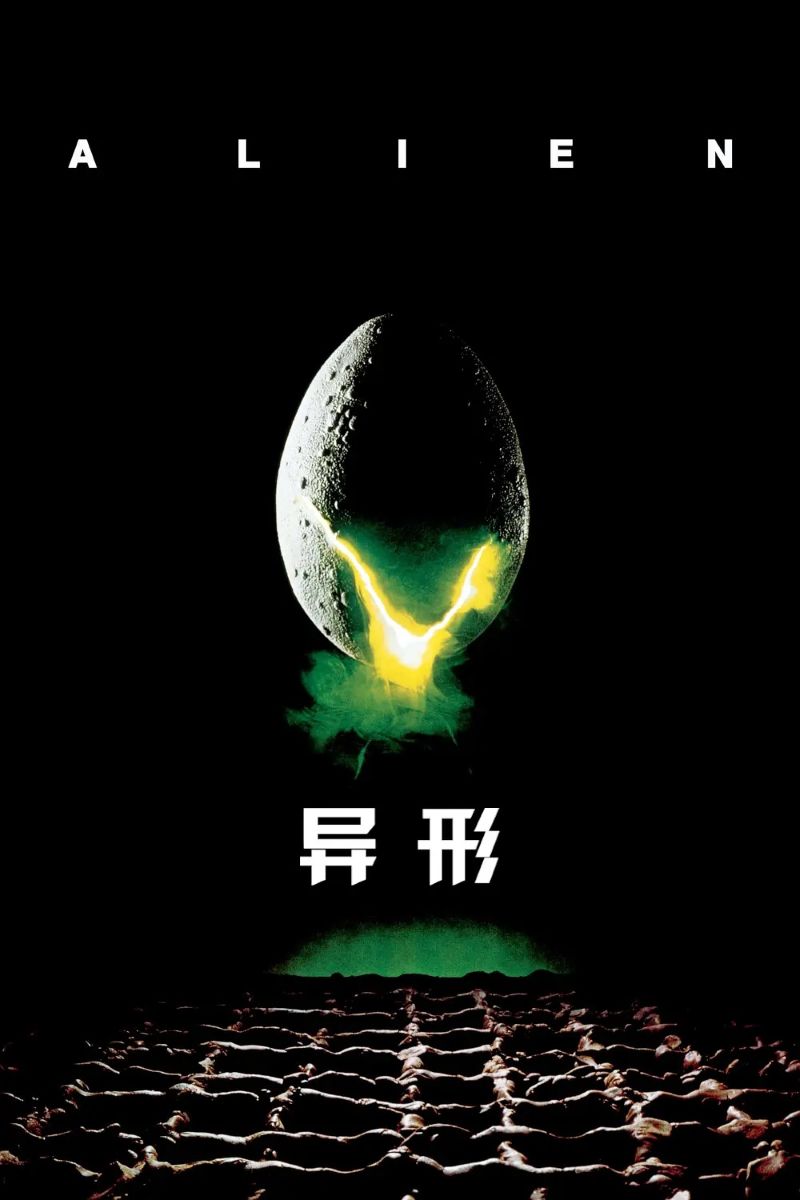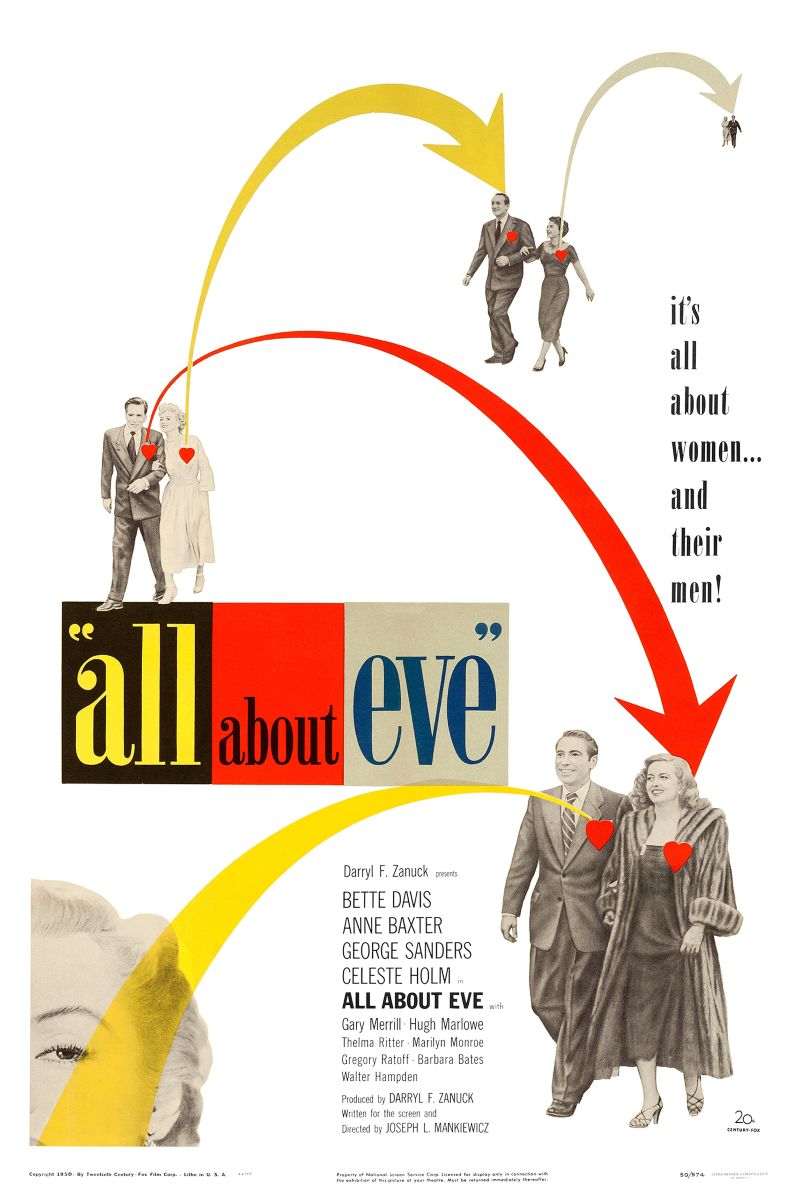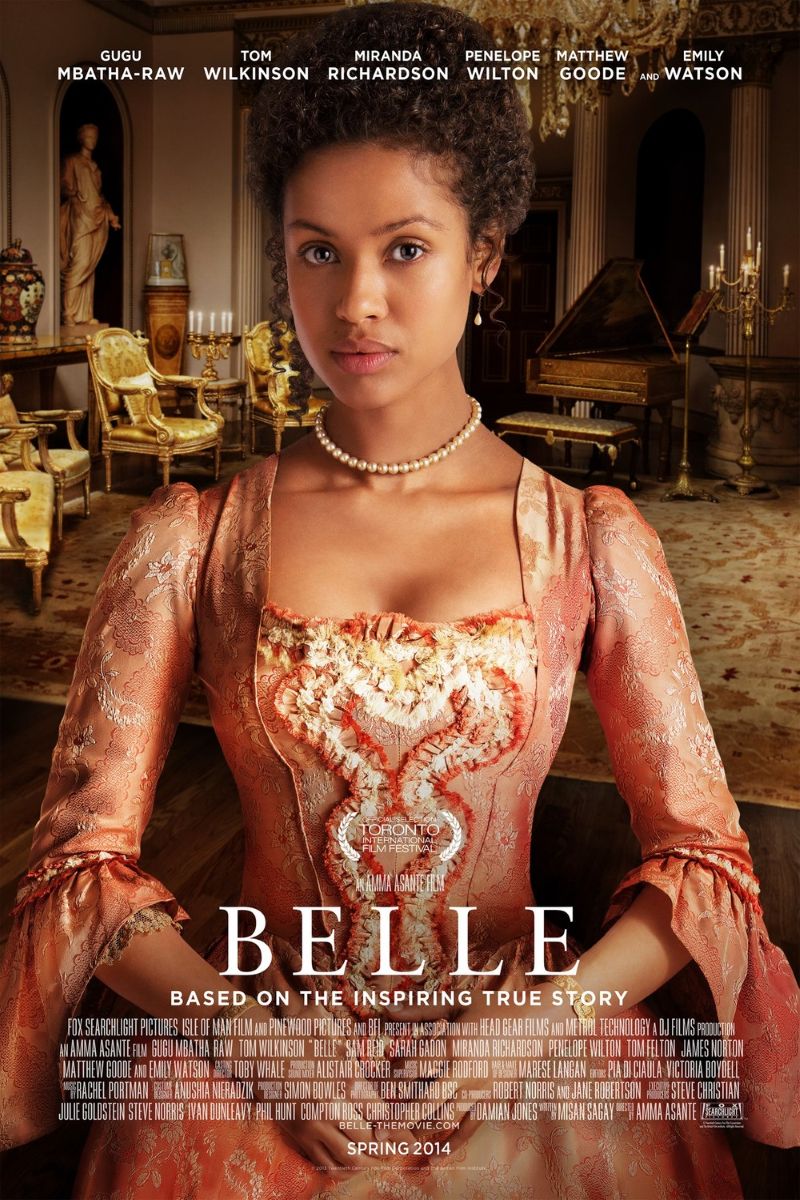
Belle
Belle
Based on the true story of 18th-century historical figure Dido Elizabeth Belle, this costume drama follows a mixed-race aristocratic woman navigating her place in British high society while fighting for justice amid intersecting racism and sexism. The film explores complex themes of race, class, gender intersectionality, and female agency.
Cast
Related Topics
🎥 Film Analysis & Review
“Belle” stands as a groundbreaking historical drama that, through director Amma Asante’s vision, brings to life the extraordinary story of Dido Elizabeth Belle, a real 18th-century figure whose mixed-race identity challenged the very foundations of British society. This film represents not merely a recovery of marginalized historical voices but a vivid interpretation of intersectional feminist theory, demonstrating how race, gender, and class converge to create unique and complex lived experiences.
The film’s core value lies in its profound revelation of intersectional oppression. Dido (Gugu Mbatha-Raw) as a mixed-race woman embodies a challenge to 18th-century British social order through her very existence. She belongs neither fully to white high society nor to the enslaved Black community, making her an “anomaly” within existing social structures. However, this seemingly disadvantageous position grants her a unique perspective and the potential to effect social change.
From an intersectional feminist perspective, Dido’s experience perfectly exemplifies the theoretical framework proposed by Kimberlé Crenshaw. She faces not simple gender discrimination or racial discrimination, but a compound oppression where both forms interweave and reinforce each other. As a woman, she’s expected to maintain silence and obedience; as a mixed-race person, society views her as an “impure” existence. This double marginalization creates more restrictions than white women face and more prejudice than Black men endure.
The film’s portrayal of British slavery history carries important decolonial significance. Through Dido’s perspective, audiences can reexamine this historical period from the viewpoint of the oppressed. The Zong case that Lord Mansfield (Tom Wilkinson) presides over represents not merely a legal matter but a test of morality and humanity. Dido, as both witness and catalyst, embodies through her very presence a challenge to slavery’s legitimacy, demonstrating the agency and resistance spirit of the colonized.
The film’s critique of British high society is both nuanced and profound. The superficially elegant and civilized aristocratic life actually builds upon exploitation and oppression of others. Dido’s survival strategies within this environment demonstrate the wisdom of marginalized groups: she learns to utilize her special position to advocate for justice within limited spaces. This strategic form of resistance remains relevant for contemporary minority women.
Gugu Mbatha-Raw delivers a masterful performance, successfully capturing Dido’s internal complexity. Dido possesses both the elegance and refinement of aristocratic women and the keen awareness of injustice coupled with a spirit of resistance. This complexity ensures she’s not simply a victim figure but a female character with complete personhood and agency. Her growth process represents an awakening journey—from accepting the status quo to questioning it, then actively working to change it.
The film’s portrayal of female friendship and solidarity deserves attention. Dido’s relationship with her cousin Elizabeth demonstrates the possibilities for mutual understanding and support between women from different backgrounds. Despite differences in social status and life trajectories, their deep friendship formed during childhood transcends racial and class boundaries. This portrayal challenges stereotypes that depict women as inherently competitive.
From legal feminist perspectives, the film demonstrates law’s potential as a tool for social transformation through the Zong case. While Lord Mansfield’s ruling has historical limitations, it genuinely advanced Britain’s abolition movement. Dido’s role in this process embodies women’s important contribution to legal and social change, even when such contributions are often overlooked or underestimated by history.
The film’s visual design also serves its political themes. Luxurious costumes and settings both showcase 18th-century British high society’s opulence and suggest the moral emptiness behind such luxury. Dido’s clothing choices carry particular symbolic significance—she wears aristocratic finery while maintaining a distinctive style that visually reinforces her marginal identity.
The film’s treatment of romance avoids romanticization, instead placing it within broader sociopolitical contexts. Dido’s relationship with John Davinier (Sam Reid) builds upon shared values and pursuit of justice rather than mere personal attraction. This approach makes romance part of social transformation rather than an escape from reality.
From Black feminist perspectives, Dido’s story holds special significance. She represents the voices and experiences of countless Black women overlooked by history. Her presence proves that Black women are not merely passive recipients of historical forces but active participants and agents of change. Her educational background and social position enable her to contribute uniquely to the abolition cause.
The film’s exploration of motherhood and family relationships demonstrates considerable depth. Dido’s process of coming to terms with her mixed-race identity actually represents a journey of rediscovering and accepting her mother—an enslaved African woman. This identification transcends simple blood relations to become a confrontation with historical trauma and reconstruction of cultural inheritance.
The film’s international impact proves the market value and cultural significance of diverse narratives. Success not only in Britain and America but globally sparked discussions about race, gender, and historical memory worldwide. This success paved the way for more films telling stories of minority women.
From contemporary anti-racism struggle perspectives, Dido’s story carries strong contemporary relevance. The prejudice and challenges she faced continue in some form today, while her resistance strategies and growth experiences provide valuable insights for contemporary women of color. The film reminds us that anti-racism struggle represents a continuous historical process requiring participation and effort from each generation.
The film’s emphasis on education reflects core feminist values. The excellent education Dido receives not only helps her establish herself in high society but more importantly cultivates her critical thinking and moral judgment. This portrayal emphasizes education’s vital role in women’s liberation and social progress.
The character of Lord Mansfield presents particular complexity in terms of his relationship with justice and power. As both Dido’s guardian and a judge determining crucial slavery cases, he embodies the contradictions within institutions of power. His evolution throughout the film suggests possibilities for change within existing systems while acknowledging the limitations of reform from within.
The film’s treatment of class dynamics adds another layer of complexity to its intersectional analysis. Dido’s position as both insider and outsider to aristocratic society allows for unique insights into how privilege operates. Her awareness of her precarious position—dependent on Lord Mansfield’s protection yet excluded from full acceptance—illuminates how class, race, and gender intersect to create specific forms of vulnerability and strength.
From costume and production design perspectives, the film creates authentic period atmosphere while avoiding the trap of nostalgic romanticism. The attention to historical detail serves the story’s political purposes, making the realities of 18th-century social hierarchies visible and comprehensible to contemporary audiences. The contrast between opulent settings and underlying moral corruption becomes a visual metaphor for the film’s central themes.
The musical score by Rachel Portman enhances the film’s emotional and political impact. The compositions blend classical European traditions with subtle influences that acknowledge Dido’s African heritage, creating an auditory representation of her complex cultural identity. This musical language supports the film’s broader theme of synthesis and transformation.
Ultimately, “Belle’s” value lies in providing profound meditation on identity, justice, and courage. Dido’s story tells us that true beauty lies not in external adornment but in inner character and the courage to fight for justice. In a world still marked by racism and gender discrimination, her story reminds us that everyone possesses the potential to change the world—the key lies in having the courage to stand up and speak for justice. This message remains vitally relevant for contemporary feminist movements and anti-racism struggles.
🏆 Awards & Recognition
- • Toronto International Film Festival Screening
- • British Independent Film Award Best Newcomer Nomination (Gugu Mbatha-Raw)
- • NAACP Image Award Best Motion Picture Nomination
- • Black Film Critics Circle Award Best Actress
⭐ Ratings & Links
Related Recommendations
Comments & Discussion
Discuss this video with other viewers
Join the Discussion
Discuss this video with other viewers
Loading comments...
